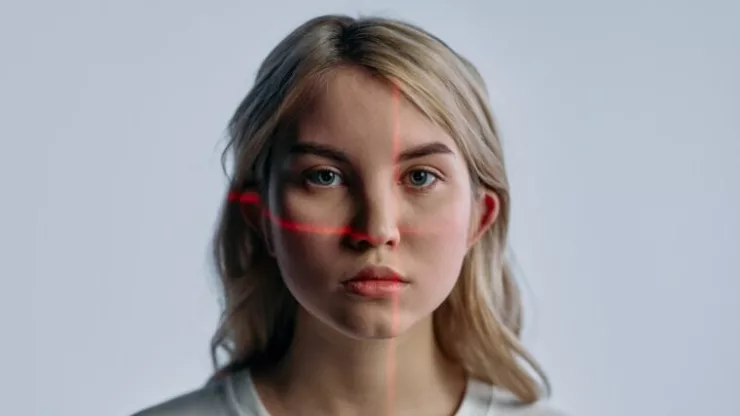Deepfake technology has been on the rise in recent years, becoming increasingly sophisticated and realistic.
From viral videos of politicians and celebrities to synthetic voices for audio assistants, deepfakes are all around us.
But what exactly is deepfake technology, and what are the implications of its proliferation?
Here are some fun facts and frequently asked questions about deepfakes:
What are deepfakes?
Deepfakes are realistic digital manipulations of audio, video, or images that use artificial intelligence (AI) and machine learning algorithms to create convincing fakes.
They can be used to create fake news, revenge porn, or other types of harmful content.
While the technology has some legitimate uses, its potential for misuse has raised concerns about its impact on democracy, privacy, and trust in media.
How are deepfakes created?
Deepfakes are created using machine learning algorithms that analyze large datasets of images or videos of a person’s face or voice.
The algorithms learn to identify patterns in the data and then use that information to create a new image or video that appears to be a genuine representation of the person.
To create a deepfake, a creator needs a lot of source material to train the algorithm, which means that celebrities and public figures are often the targets of deepfakes.
What are some examples of deepfakes?
Some of the most famous deepfakes include a video of former President Barack Obama, in which his face was digitally manipulated to make him appear to say things he never actually said.
Another popular deepfake was a video of Mark Zuckerberg, which appeared to show the Facebook CEO saying ominous things about the company’s power.
Deepfakes have also been used to create fake pornographic videos of celebrities and private individuals.
What are the dangers of deepfake technology?
One of the biggest dangers of deepfake technology is the potential for its misuse.
Deepfakes can be used to spread false information or manipulate public opinion, which could have serious consequences for democracy and public trust in media.
Deepfakes can also be used for malicious purposes, such as revenge porn or blackmail.
As the technology becomes more sophisticated, it may become harder to distinguish real content from fake content, which could further erode trust in media and institutions.
What are some potential benefits of deepfake technology?
While the risks of deepfake technology are clear, there are also some potential benefits to the technology.
Deepfakes could be used for entertainment or artistic purposes, such as creating digital avatars for movies or video games.
Deepfakes could also be used for education and training, allowing students and professionals to practice skills in a simulated environment.
Conclusion
Deepfake technology is a fascinating and rapidly evolving field with both benefits and risks.
As the technology becomes more advanced, it is likely to become even harder to distinguish real content from fake content.
It is important for individuals and institutions to be aware of the potential risks and benefits of deepfake technology, and to take steps to mitigate the risks and maximize the benefits.
FAQ
Q: Are deepfakes illegal?
A: The legality of deepfakes depends on the context in which they are created and used.
Creating deepfakes for non-consensual pornography, for example, is illegal in many jurisdictions.
However, the legality of deepfakes for entertainment, satire, or political commentary is less clear.
Q: Can deepfakes be detected? A: There are a number of techniques for detecting deepfakes, such as analyzing inconsistencies in the face or voice, or using software to detect manipulated pixels or video frames.
However, as the technology becomes more advanced, it may become increasingly difficult to detect deepfakes.

I am a fun fact enthusiast and creator of Facts On Tap.
I love to share my knowledge and curiosity with readers and inspire them to learn something new every day.
When I’m not writing, I enjoy traveling, reading, and playing trivia games with my friends.



